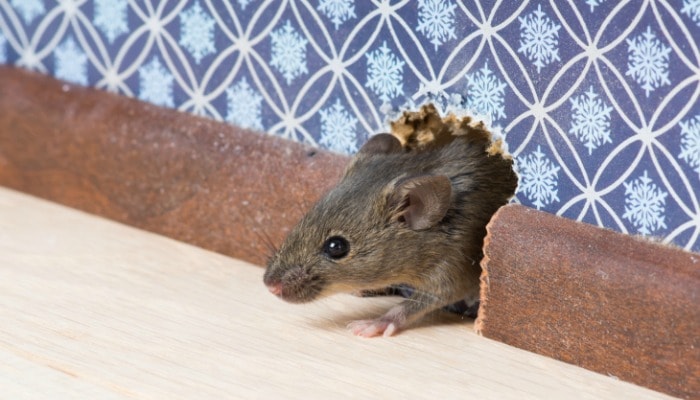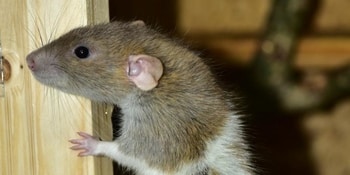
House Mice
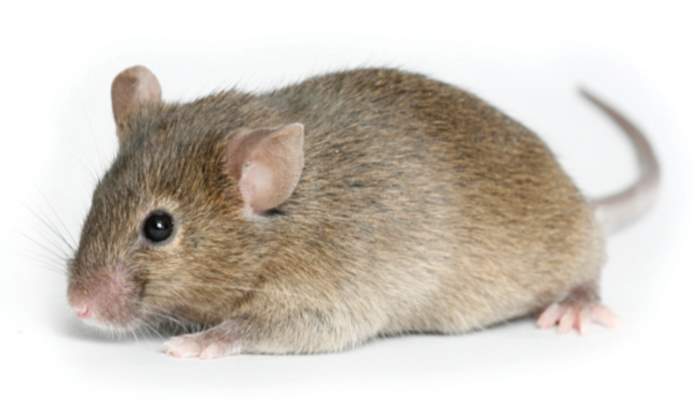
The house mouse is the most common rodent pest in most parts of the world. It can breed rapidly and adapt quickly to changing conditions. In fact, a female house mouse can give birth to a half dozen babies every three weeks, and can produce up to 35 young per year.
House mice spread over 35 diseases. These diseases can be spread to humans directly, through handling of rodents, through contact with rodent feces, urine, or saliva, or through rodent bites.
Norway Rats
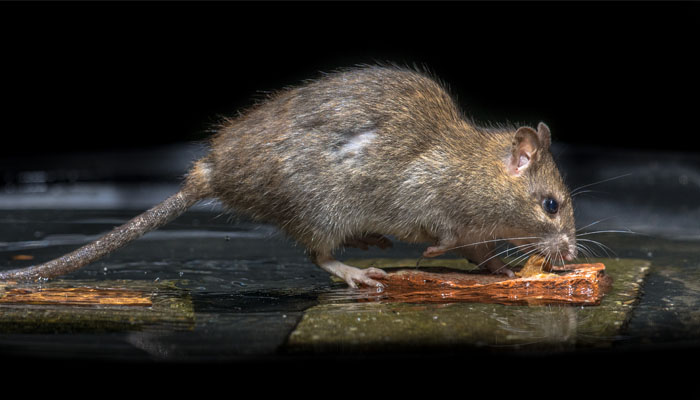
Norway rats live in close association with people. In urban or suburban areas they live in and around residences, in cellars, warehouses, stores, slaughterhouses, docks, and in sewers. On farms they may inhabit barns, granaries, livestock buildings, silos, and kennels. They may burrow to make nests under buildings and other structures, beneath concrete slabs, along stream banks, around ponds, in garbage dumps, and at other locations where suitable food, water, and shelter are present. Although they can climb, Norway rats tend to inhabit the lower floors of multistory buildings.
Roof Rats
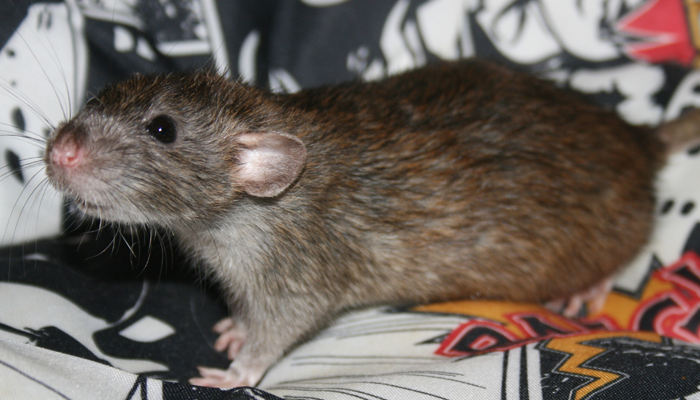
What are roof rats? Roof rats – also called black rats or ship rats – are smaller than Norway rats, but cause similar issues. This rodent gets its name from its tendency to be found in the upper parts of buildings.
The roof rat is implicated in the transmission of a number of diseases to humans, including murine typhus, leptospirosis, salmonellosis (food poisoning), rat-bite fever, and plague.
Bandicoots
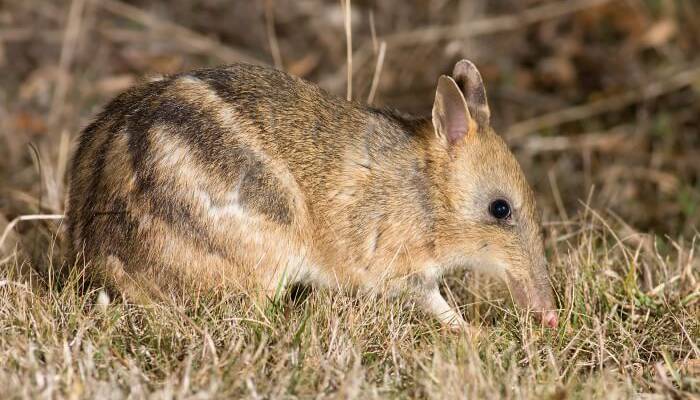
The lesser bandicoot and two other species are nocturnal or most active at twilight. They construct burrows to nest and bear their litters. The number of bandicoot babies can range from two to 18. Their staple diet is grains, fruit, and invertebrates. They are prone to destroying cultivated crops in fields. Of all the three species, the lesser bandicoot is an especially aggressive burrower and has been reported to make tunnels in concrete cellars.
It is a carrier of and spreads many diseases such as Plague ,Murine typhus ,Leptospirosis, Salmonellosis and Rat bite fever


